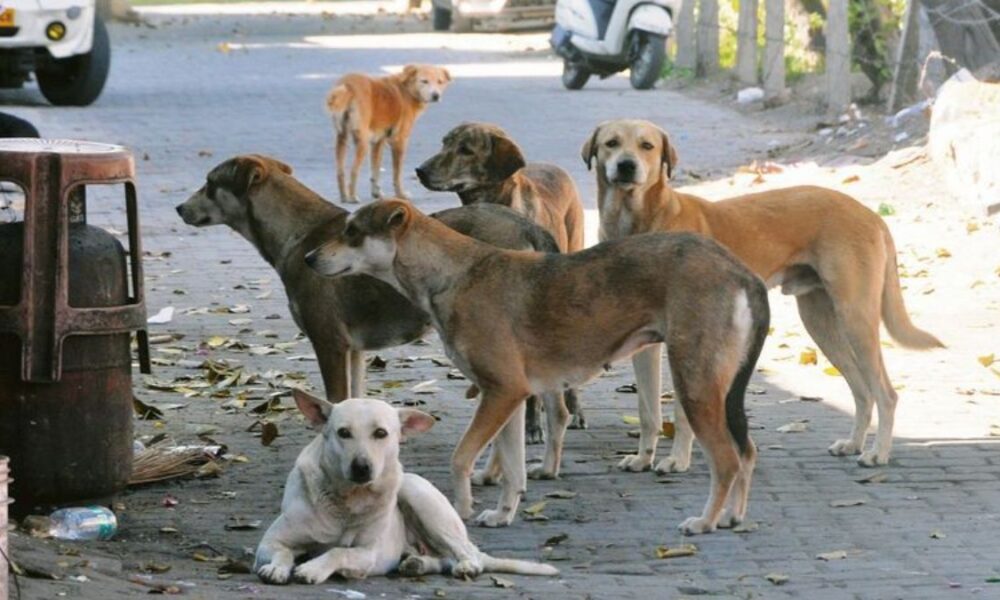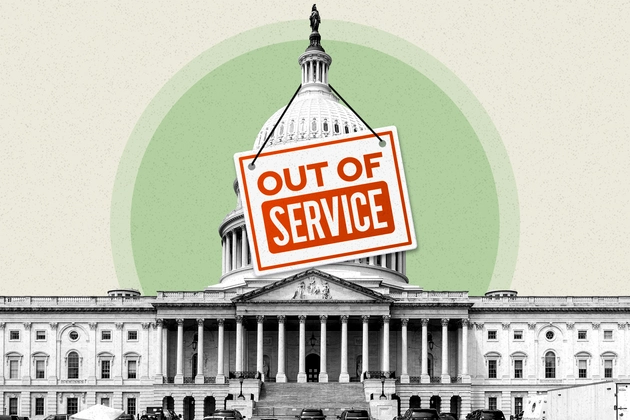
India’s top court has ordered authorities to remove stray dogs from Delhi and its suburbs and move them into shelters in a time-bound program. The ruling aims to reduce dog-bite and rabies risk, but officials face large gaps in shelter capacity, manpower and logistics — while animal-welfare groups say mass capture and relocation is impractical and point to sterilization and vaccination as the humane solution.
What exactly did the court order?
The Supreme Court directed civic authorities in Delhi and nearby cities (Noida, Gurgaon, Ghaziabad, Faridabad) to start picking up stray dogs from localities and shift them to shelters, with a time frame of about six to eight weeks for an initial phase. The court also asked for shelters to be monitored (CCTV), for an animal helpline to be set up, and warned of strict action against anyone who obstructs the operation.
Why the court acted now
Judges cited rising reports of dog-bite incidents — including cases that led to rabies deaths among children — and framed the move as a public-safety measure to protect infants and young children. The government has pointed to large numbers of reported dog-bite cases as part of the rationale for stronger action.
The scale problem: how many dogs, and where will they go?
- Nationally, surveys put the number of free-roaming dogs in India in the tens of millions; one recent survey estimate cited ~52.5 million stray dogs nationwide.
- Delhi alone is commonly estimated to have between 500,000 and 1,000,000 stray dogs (many reports use the figure “about 10 lakh”), though official, up-to-date counts are not available.
- Municipal capacity is tiny by comparison: the Municipal Corporation of Delhi runs only a couple dozen short-term centres that together house under ~5,000 dogs — far short of the numbers the court’s order implies will need long-term shelters. This is the key logistical bottleneck.
What the order requires in practice (short checklist)
- Start capturing dogs, prioritizing “high-risk” areas. (Reports say an initial target figure of ~5,000 dogs from high-risk zones was mentioned.)
- Move captured animals to shelters equipped with staff and CCTV; do not release them back into residential areas.
- Set up an animal-helpline within a week and ensure rabies vaccine availability and reporting.
Where experts and activists disagree
- Government and victims’ families: emphasize immediate action to stop bites and rabies; they welcome a time-bound operation.
- Animal-welfare and conservation groups: call the approach impractical and unscientific. They argue mass catch-and-shelter will not solve the long-term problem (dogs may fight, starve, or be displaced), and note that humane, evidence-based approaches focus on mass sterilization (spay/neuter) and vaccination drives, plus community involvement. Several conservation biologists and NGOs have urged scaled ABC (Animal Birth Control) + vaccination rather than forced displacement.
Practical challenges the authorities face
- Shelter space — Building thousands of humane, biosecure shelters that meet welfare standards takes land, money and time; existing centres are tiny and often overcrowded.
- Manpower & equipment — Trained dog-catching teams, ambulances, vets and post-op care are in short supply.
- Funding — Daily feeding, medical care, staffing and surveillance of large shelters will be costly and requires sustained budgets.
- Public resistance — Both pro-animal groups and residents fearful for safety may clash; reports already show protests and arrests after the order.
What are the likely outcomes (short- to medium-term)?
- Short term (weeks): authorities will likely begin targeted captures in “high-risk” pockets (the court mentioned an initial 5,000) while scrambling to identify or convert spaces into temporary housing.
- Medium term (months): sustained pressure will test whether shelters meet welfare standards; if capacity and funding fall short, implementation could stall or lead to animal welfare crises (overcrowding, disease).
- Long term: without well-resourced mass sterilization and vaccination programs, the stray population will likely rebound; experts warn capture-only strategies are rarely durable without ABC + community programs.
Clearer options that experts recommend
- Scale up sterilization + mass vaccination (ABC) with transparent tracking (microchips/IDs). This reduces births and rabies risk over time.
- Targeted removal of genuinely dangerous animals (aggressive or rabid dogs), rather than blanket capture.
- Community engagement: encourage adoption, community feeding networks under supervision, and local monitoring to avoid dogs being abandoned once shelters are full.
How citizens can help (concrete steps)
- Report aggressive or injured dogs through official helplines (the court asked for an animal helpline)
- If you can, adopt or foster local strays; support vetted NGOs that run humane ABC programs.
- Vaccinate and microchip pet dogs to reduce risks and help officials focus on unvaccinated strays.
Bottom line
The court’s decision responds to a genuine public-health worry, but it raises a simple question: do authorities have the infrastructure, funding and humane plans to carry it out without creating new problems for animals and people? Implementation that ignores sterilization, vaccination and community participation risks being expensive, disruptive and temporary. A mixed approach — urgent removal of genuinely dangerous animals + rapid scale-up of ABC and vaccination, with clear monitoring and public accountability — is the most likely path to lasting results.





